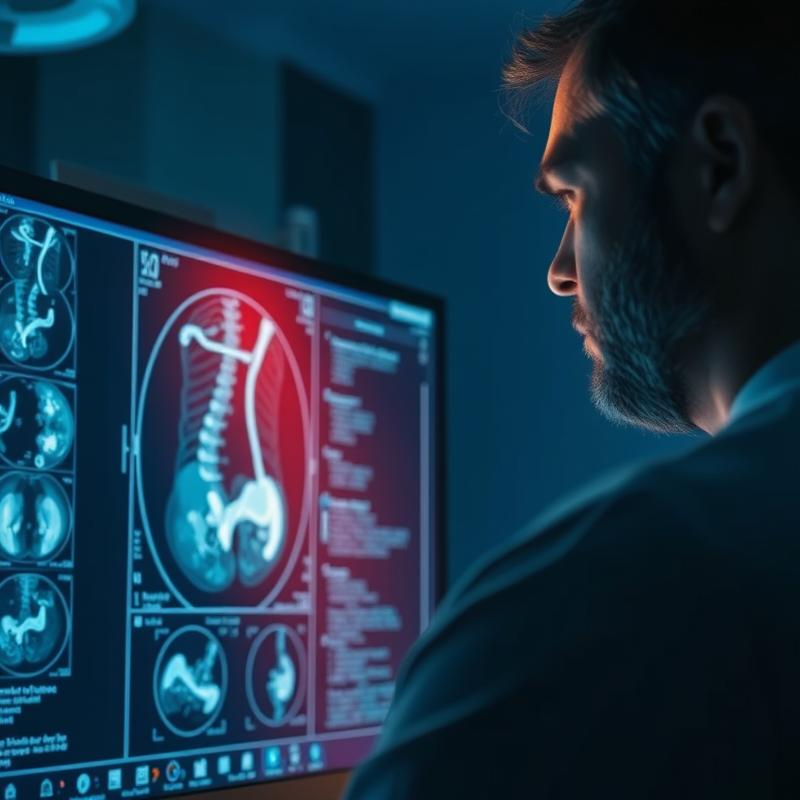Streamlining radiology workflows for accurate and efficient healthcare delivery.
Improving diagnosis, treatment planning, and medical research through medical annotation.
Introduction:
Imagine a doctor facing a critical diagnosis, but the medical images are unclear, delaying vital treatment. This scenario, unfortunately, isn’t uncommon. Radiology workflows often struggle with inefficiencies, impacting patient care and medical advancements. But what if there was a way to make these processes faster, more accurate, and ultimately, more effective? What if technology could help doctors see more clearly, diagnose with more confidence, and improve patient outcomes?
The Power of Medical Annotation in Radiology:
Medical annotation emerges as a powerful solution to address these challenges. By enriching medical images with detailed labels and markings, medical annotation provides crucial context and insights that aid in more accurate and efficient interpretation. Think of it as adding a layer of expert knowledge directly onto the images.
This process involves trained professionals meticulously outlining anatomical structures, pinpointing abnormalities, and labeling regions of interest. The result? Medical images transformed into rich sources of information, empowering radiologists and other healthcare providers to make more informed decisions.
Use Case 1: Precise Identification and Delineation
One of the key use cases for medical annotation lies in its ability to precisely identify and delineate anatomical structures in medical images. Imagine a radiologist examining a complex CT scan. With medical image annotation, key structures like organs, blood vessels, and bones can be precisely outlined and labeled, providing a clear roadmap for diagnosis.
Use Case 2: Training Machine Learning Models
Medical annotation is also instrumental in training machine learning models that are revolutionizing the field of radiology. By feeding annotated datasets into algorithms, developers can teach these models to recognize patterns, detect anomalies, and even predict patient outcomes.
Pathology detection, for instance, can be significantly enhanced with machine learning models trained on annotated images. These models can learn to identify subtle signs of disease, such as microcalcifications in mammograms or nodules in lung scans, with remarkable accuracy. Similarly, organ segmentation, the process of automatically outlining organs or tumors in medical images, benefits greatly from annotated data. This technology is crucial for tasks like radiation therapy planning, where precise targeting of tumors is paramount.
Use Case 3: Medical Research and Clinical Trials
Beyond its applications in clinical practice, medical annotation plays a pivotal role in advancing medical research and clinical trials. Annotated datasets serve as the foundation for developing and validating new diagnostic and therapeutic approaches.
For instance, researchers studying a particular disease can leverage annotated images to identify imaging biomarkers that correlate with disease progression or treatment response. This information can then be used to develop more effective diagnostic tools or personalized treatment strategies.
Medical annotation also plays a crucial role in the development and approval of AI-powered medical devices. Regulatory bodies, such as the FDA, require rigorous validation of AI algorithms before they can be used in clinical practice. Annotated datasets provide the necessary ground truth for evaluating the performance and reliability of these algorithms, ensuring patient safety and efficacy.
Conclusion:
Accurate medical annotation can truly change the game in radiology. It’s not just about clearer images; it’s about faster diagnoses, better treatments, and ultimately, healthier lives. Let’s work towards a future where technology and human expertise work hand-in-hand for the best possible care.
